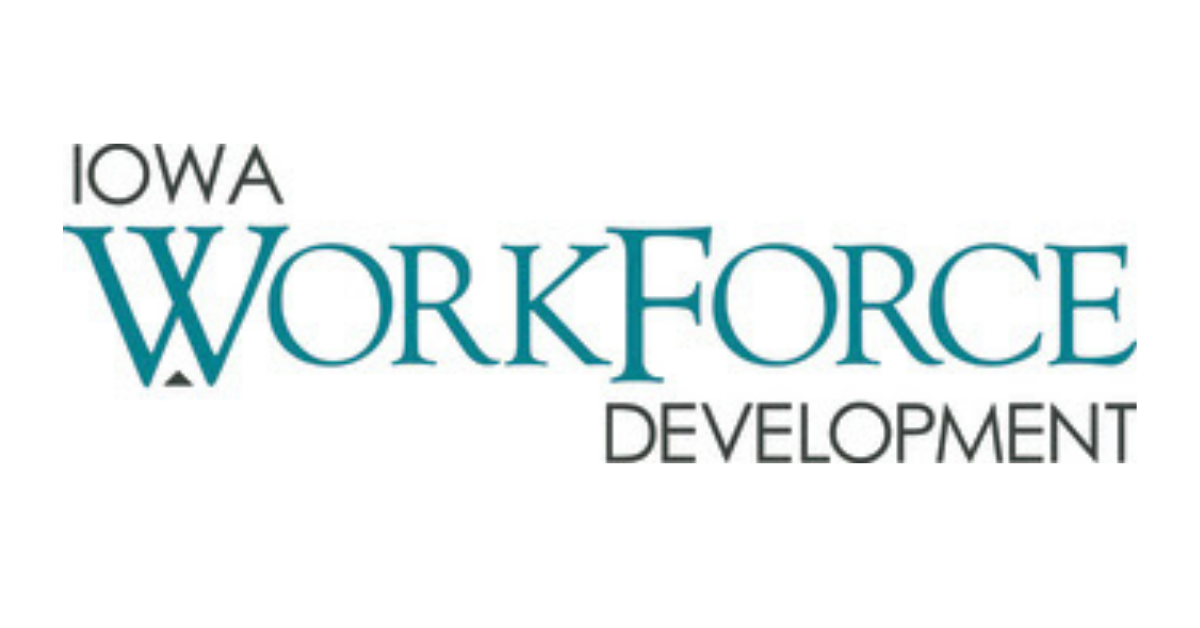
According to data compiled by Iowa Workforce Development (IWD), Iowa’s unemployment rate remained steady at 3.3% in January this year, the same as in December 2024. The national unemployment rate decreased to 4.0%. At the same time, Iowa’s labor force participation rate rose to 67.0%, up from 66.4% in December 2024, following an annual revision of labor statistics that added 31,000 people to the state’s workforce estimate, the release states.
After the revision, January’s labor force participation still showed a slight increase from the revised December 2024 rate of 66.9%. The number of unemployed Iowans increased by 200, reaching 56,500 in January. Meanwhile, the number of employed Iowans grew by 2,700, reaching 1,664,100. The largest increases in the labor force were observed among women aged 45-54 and women aged 20-24.
“January’s report showed a large number of people entering Iowa’s labor force and immediately finding work,” said IWD Executive Director Beth Townsend, in the release. “Despite recent layoffs in some industries, Iowa grew jobs in January, for the third month in a row, and absorbed more than 2,000 people who came back to the workforce in search of a new career. Growing labor force participation is a welcome improvement to see early in 2025; with more than 50,000 open jobs, we know employers need even more Iowans to return to the workforce.”
The U.S. Department of Labor’s Bureau of Labor Statistics recently revised the labor force data from 2020 to 2024 as part of its annual “benchmarking” process, as stated in the release. This involves updating estimates as more complete data becomes available, such as updated figures from the U.S. Census Bureau. Revised data are incorporated into January employment statistics, which are released each March.
Nonfarm employment growth
Iowa establishments added 1,400 jobs in January, raising total nonfarm employment to 1,594,200. This marks the third consecutive month of job growth in the state. The increase was driven by gains in private education, with 100 additional jobs; and healthcare, with 600 additional jobs.
The government sector, which includes federal, state, and local agencies as well as schools, universities, and public hospitals, grew due to state universities retaining more jobs than seasonally expected. However, private industries shed 1,500 jobs between December 2024 and January 2025, and are now down 2,500 jobs compared to the previous year.
Healthcare and social assistance led all sectors, adding 600 jobs. This sector has seen four consecutive months of job growth, with employment at an all-time high. Other sectors that saw small gains included leisure and hospitality and other services. On the other hand, construction lost the most jobs in January, shedding 800 positions. This decline reversed a similar gain in December 2024. Professional and business services also saw a decline of 600 jobs, with half of those losses attributed to the management of companies and enterprises. Manufacturing lost 300 jobs, primarily in durable goods production, the release states.
Since January 2024, total nonfarm employment in Iowa has increased by 4,200 jobs. Private service industries, including education, healthcare, and trade and transportation, added 7,400 jobs. However, the manufacturing sector lost 7,100 jobs. Construction and professional and business services have also experienced losses, down 2,700 and 2,300 jobs, respectively.
